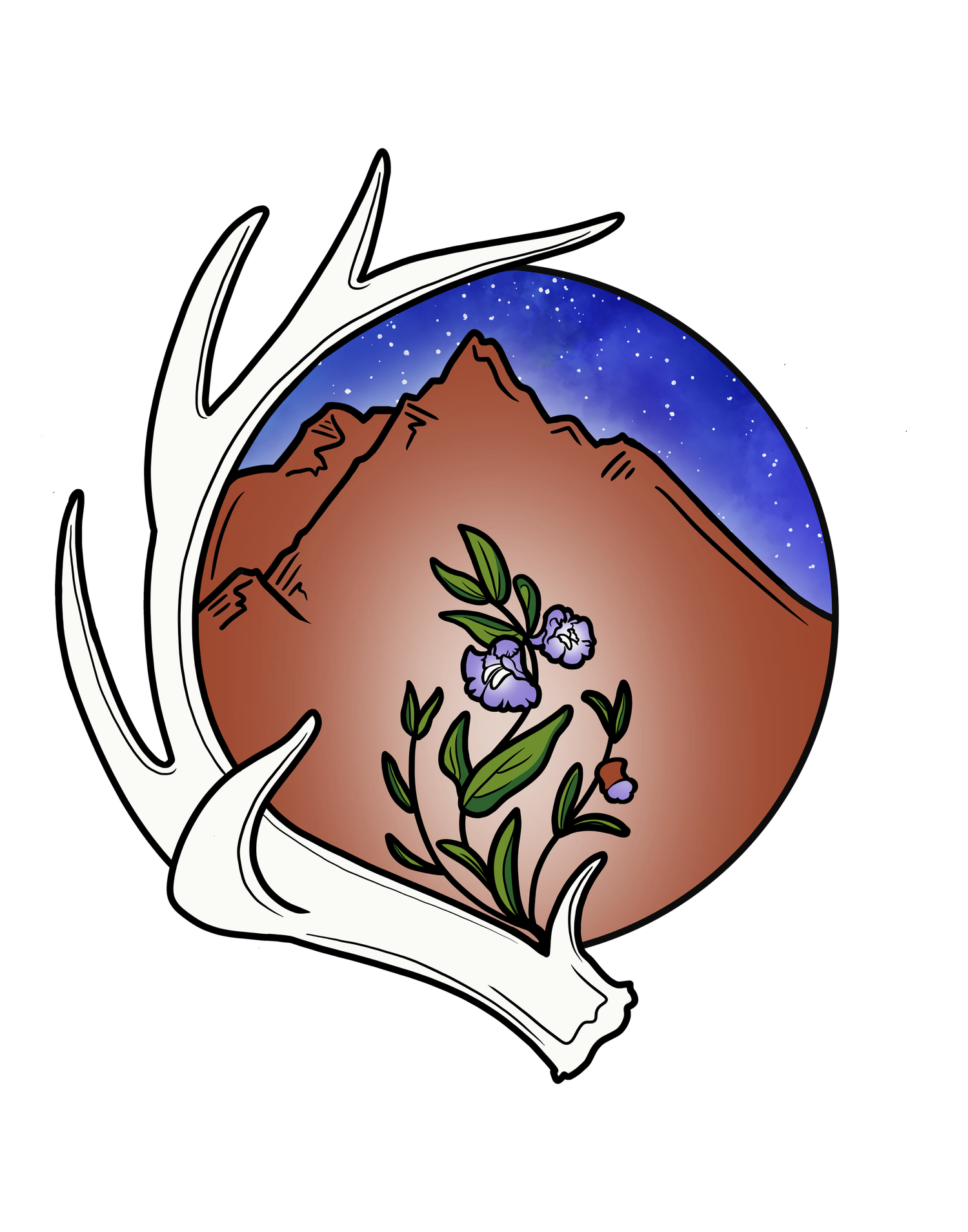Loving Latin: Location, Location, Location
In this series, we explore the whys, where’s, and who’s of Latin plant names and medicinal terms, from meaning to origin. Dig in and Enjoy!
Alpinus to Yunnanensis: Locations in Latin
There are a few main ways to go about coming up with a species name.
· After some part of it’s appearance
· What it’s used for
· How it grows
· After some respected person or figurehead, such as a botanist or Greek god
· Where it grows
This last one can be of particular use to the burgeoning botanist. At the very least it will give you an idea of where a plant is native to, and if you're lucky it will give you a hint as to where the plant likes to hang out.
Below are a number of the more common species names associated with location and habitat.
Keep on your critical thinking cap on though. A plant may have been named for roughly where it was discovered, but it does not mean that a plant only grows in that place. Iris missouriensis does not just grow in Missouri, for instance.
Species Names
alpinus
Pertaining to the Alps. When you see this one, don’t think Julie Andrews in a nun outfit. Some plants with this species name have never even heard of the Alps. Instead think cold tolerant, drainage loving plants, usually of teeny stature, who are willing to grow in rocky crevices.
amphibious
Growing near or in water. Or frog eating (just kidding).
borealis
Of the North. These plants often grow in cooler places, and are often smaller in stature.
canadensis
This does not always mean a plant is from Canada, though it’s often the case. Instead when you see this word after the genus, think “plant that lives somewhere in N. America where it can get very cold “. So basically Canada. But still.
chinensis
This is pretty straightforward, and means that it was originally from China.
europaea
Another easy one, this means the plant at least originated in Europe.
lacustris
Growing by lakes or ponds.
ludoviciana
A Latinized version of Louisiana, plants with this appellation are not necessarily native to the pelican state. Possibly in reference to Louis the XIV or to the original Louisiana territory, bought from France in the early 1800’s. Either way, plants with this name are native and tend to grow, or have been discovered, in warmer parts of N. America (though this is not always the case).
missouriensis
Of Missouri, or more specifically the Missouri River Valley. This is a vague one, but usually means the plant can take conditions found in the Midwest, and is a native to North America
montana
Of the mountains. Usually means a plant likes to grow in cooler conditions, and with good drainage.
occidentalis
Of the West. Yeah, this one is pretty darn vague, but tends to mean that a plant grows west of the Missisipi, and is native to N. America.
orientalis
Of the East. Usually this refers to waaaaay east, as in, China. More often than not this means a plant is not native.
paludosa, palustris
Of marshy, swampy, generally moist areas. These plants often like their feet in the water, or at least grow near a rivers, oceans, lakes, etc.
vulcanicus
Of a volcano…jeez.
yunnanensis
From the Yunnan province in China. Definitely not native:)
So next time you're in a flower shop, out botanizing, or gardening with your geeky herb-friends, keep these names in mind. You never know when they might come in handy!
How to Learn More
Sign up for on of our Plant Walks and discover the wild edible and medicinal plants of New England.
OR
